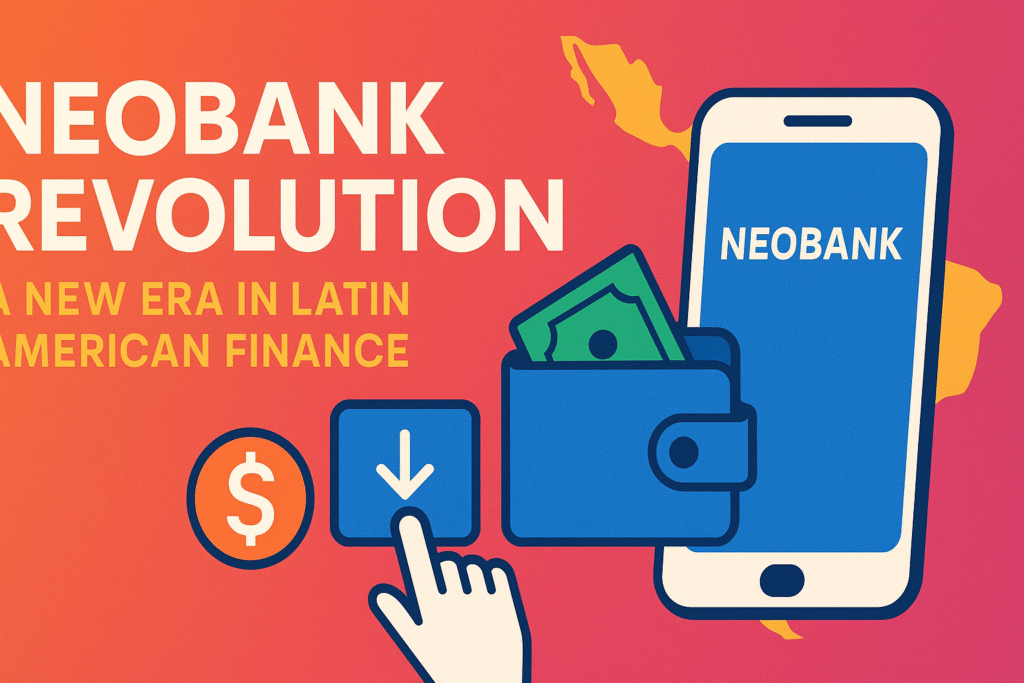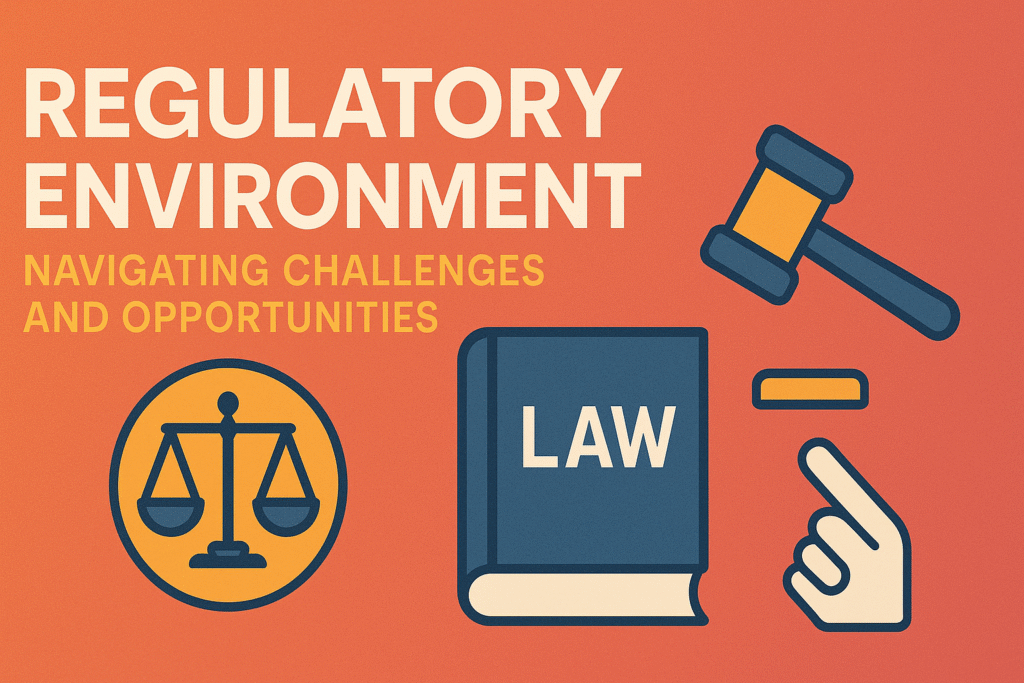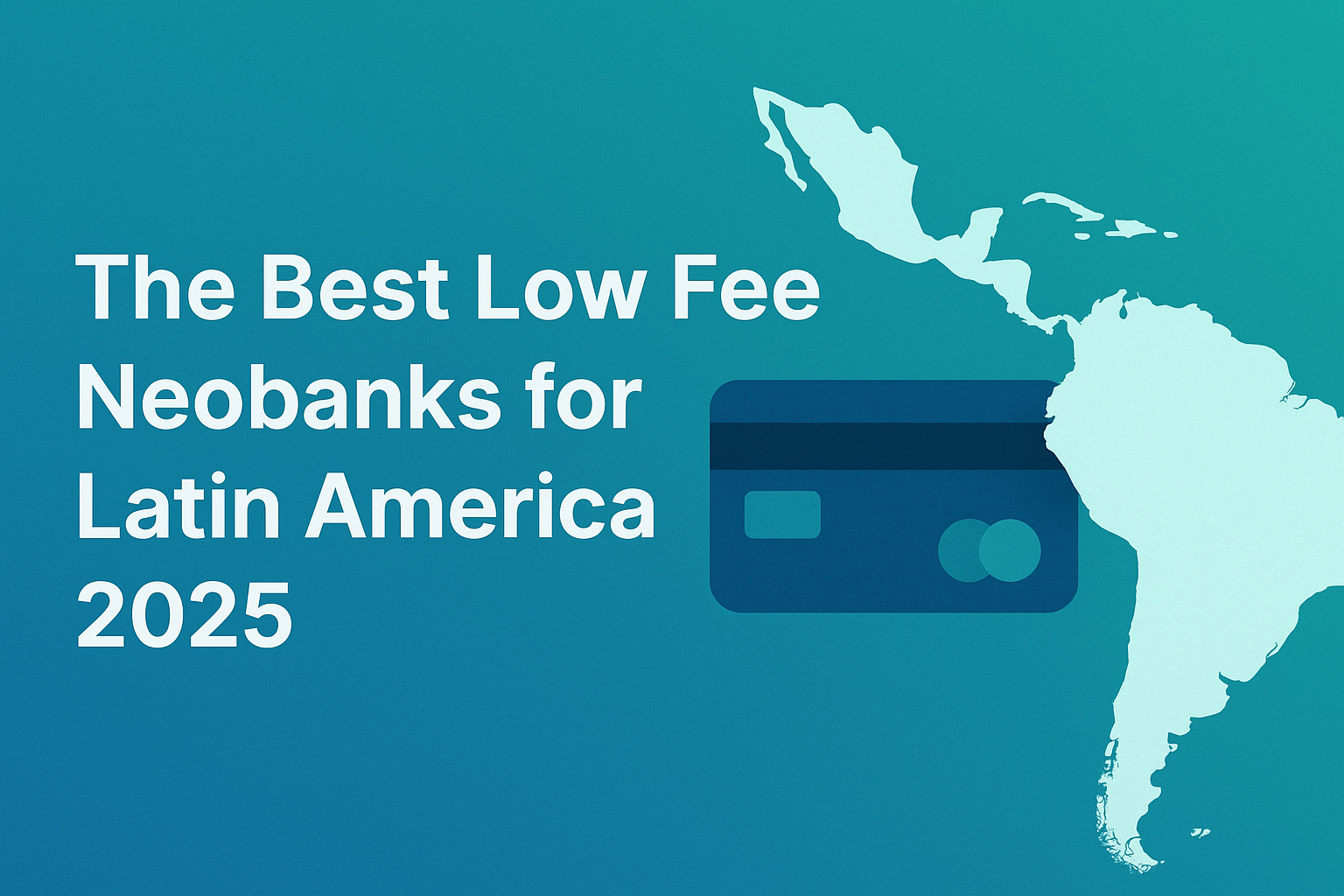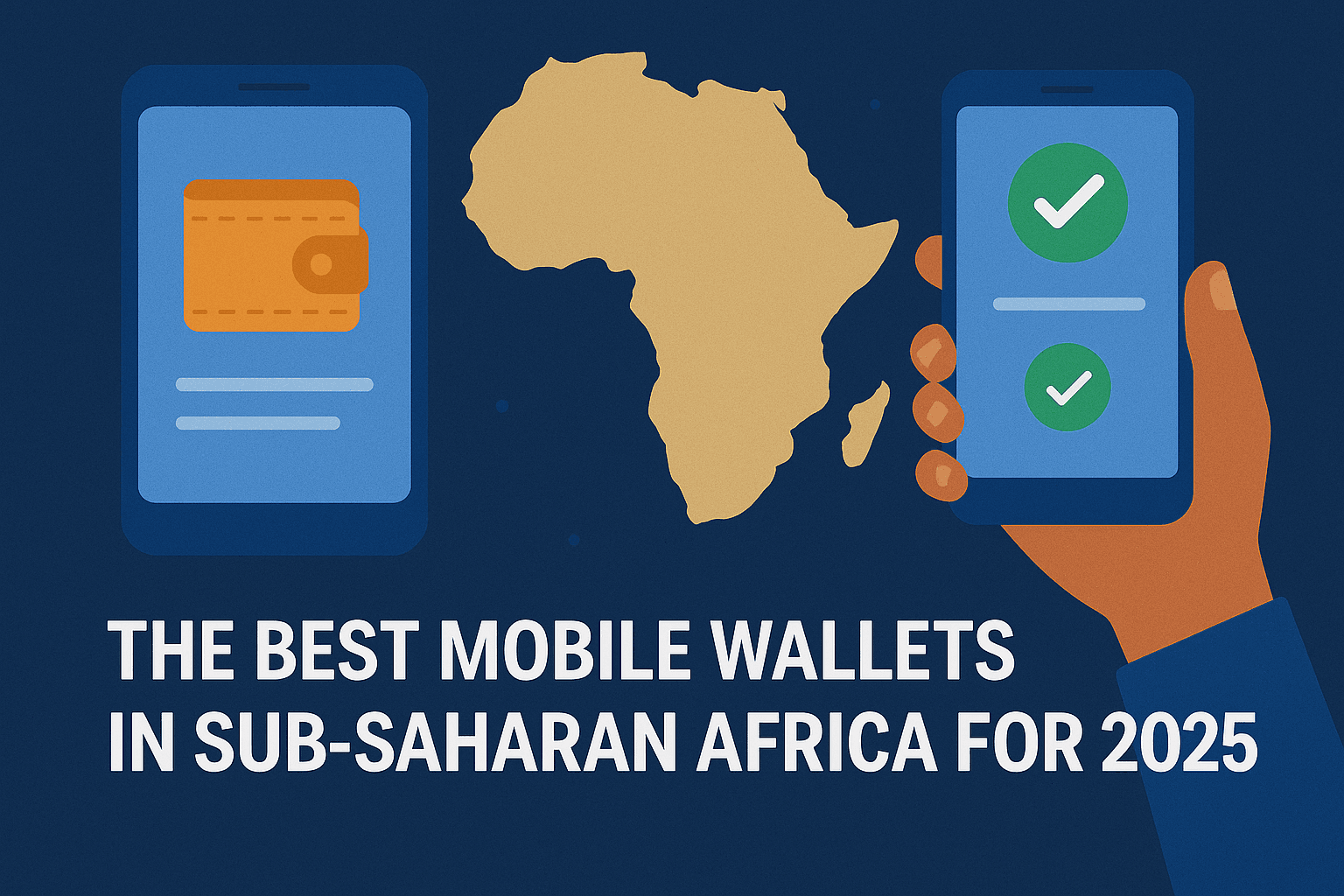Neobank Revolution: A New Era in Latin American Finance

Neobanks such as Albo, Ualá, Nubank, Banco Original, and Klar are redefining banking in Latin America. As we look forward to 2025, identifying the best low fee neobanks for Latin America becomes crucial. These digital-first banks offer affordable, flexible services that meet the needs of populations previously underserved by traditional institutions.
Traditional banks in Latin America have long struggled with high operational costs and limited accessibility, especially for low-income groups. Neobanks, with their low overhead and mobile-first approach, offer a compelling alternative.
A major driver of this shift is the region’s increasing mobile internet usage. By 2025, Latin America is expected to see 78% smartphone penetration. This surge enables millions to access financial services on their phones, bypassing the need for physical bank branches.
Brazil leads the region, boasting rapid growth in digital banking. Since 2021, neobank usage has outpaced traditional banking in several Brazilian markets. The impact of neobanks on financial inclusion cannot be overstated—millions of unbanked individuals are entering the digital economy for the first time.
The demand for low fee neobanks for Latin America 2025 continues to grow as users seek alternatives to expensive and outdated financial systems.
For more insights on this transformation, read about Global Trends in Neobanking.
Nubank: Pioneering Low-Fee Banking Solutions
Nubank, founded in São Paulo in 2013, has become the world’s most valuable neobank, with a market capitalization around $60 billion.
Its breakthrough came with a no-fee purple Mastercard credit card, managed entirely via mobile app. This innovation disrupted Brazil’s high-fee banking industry and made financial access more inclusive.
Nubank’s strategy involves setting up autonomous teams in each market it enters. This approach has earned customer trust across Latin America, especially in Mexico, Colombia, and Argentina.
Nubank has evolved from offering just a credit card. It now includes savings accounts, personal loans, life insurance, and business banking products.
Its mission is rooted in financial inclusion, using technology to provide services that are affordable, accessible, and transparent. Nubank’s wide reach makes it one of the top low fee neobanks for Latin America 2025.
Explore Neobank Reviews & Comparisons to see how Nubank stacks up.
Ualá: Revolutionizing Banking for the Masses

Ualá launched in Argentina with a vision to address financial exclusion. It has since become a regional force, expanding into Mexico and Colombia.
Through its intuitive app, Ualá offers features like bill payments, budgeting, and business account management. It even enables users to send invoices, a vital tool for freelancers and entrepreneurs.
The bank’s prepaid card allows customers to control spending while avoiding hidden fees. Ualá’s model appeals especially to small business owners who want simplicity and cost-efficiency.
Its commitment to financial inclusion is evident in its partnerships with NGOs and public programs that promote digital literacy.
Ualá stands out as one of the low fee neobanks for Latin America 2025, empowering underserved users through mobile innovation.
To understand how neobanks support financial independence, explore Digital Banking Tools & Features.
Nu Colombia: Digital Banking Innovator
A subsidiary of Nubank, Nu Colombia entered the market in 2021 with a clear mission: to simplify banking for Colombians.
Its flagship product, the Moradita Mastercard, quickly gained popularity. This no-fee credit card appeals to younger consumers seeking digital solutions.
By the end of last year, Nu Colombia had already acquired over 2 million users. The bank also offers a savings account with daily yield, helping users grow their money with ease.
The interface is sleek and the experience intuitive. Nu Colombia’s success lies in its user-first design and low-cost model.
Its rise illustrates how tailored neobanking solutions can quickly earn trust and market share in Latin America. Nu Colombia contributes significantly to the landscape of low fee neobanks for Latin America 2025.
Financial Inclusion: Reaching the Unbanked

Roughly half of Latin America’s adult population lacks access to formal banking. This financial exclusion hinders economic mobility.
Neobanks are reversing this trend. With just a smartphone, users can open an account, send payments, and access savings features.
Government and regulatory bodies are also playing a role. They’re launching digital finance initiatives aimed at increasing financial literacy and digital readiness.
Mobile banking solutions are ideal for rural areas where physical branches are scarce. Neobanks make account opening fast, secure, and almost entirely online.
By removing the traditional barriers of paperwork and travel, neobanks help bridge the gap between financial institutions and underserved populations. The demand for low fee neobanks for Latin America 2025 will only accelerate as these inclusive services expand.
Technological Advancements: Driving Efficiency and Accessibility
The infrastructure behind neobanks is what sets them apart. By 2025, 90% of Latin America’s internet connections are expected to be mobile-based.
These digital banks use APIs, AI, and cloud computing to reduce bureaucracy, cut costs, and scale faster.
Mobile apps from neobanks handle everything from onboarding to money transfers. Customers can open accounts in minutes.
Technology enables neobanks to analyze customer behavior and offer personalized financial advice, driving user satisfaction.
This agility also attracts investors looking for fintech opportunities in emerging markets. As tech advances, neobanks will become even more efficient and widespread.
Partnerships with Traditional Banks: A Harmonious Competition

While neobanks operate independently, many also partner with traditional institutions. This allows them to function under existing licenses.
In doing so, they sidestep some regulatory hurdles while benefiting from established trust networks.
These partnerships often involve shared APIs and data systems. Traditional banks help neobanks enter new markets faster and with less friction.
By working together, both entities improve financial services in the region. The result is a hybrid model that serves more users with fewer resources.
Such synergy allows neobanks to stay agile while ensuring compliance and expanding access.
Diverse Banking Services: More Than Just Basic Accounts
Neobanks are not limited to checking accounts. They provide diverse services such as:
- Instant credit card applications
- Personal and business loans
- Bill pay and mobile top-ups
- Expense tracking and budgeting tools
For example, Klar and Banco Original offer investment options, while Nubank provides insurance products. These added services enrich user experience and deepen engagement.
The diversity and simplicity of offerings draw in users who would otherwise be deterred by traditional banks’ complexity.
Combined with low or no fees, these services give customers more control over their finances.
Regulatory Environment: Navigating Challenges and Opportunities

Neobanks in Latin America face evolving regulatory landscapes. Unlike traditional banks, many must partner or register under fintech-friendly frameworks.
In Brazil, the Central Bank actively supports digital finance innovation, fostering trust in neobank services. In contrast, some countries still lack robust digital banking legislation.
However, new regulatory sandboxes allow fintechs to test models before full-scale implementation. This approach promotes innovation while managing risk.
Data privacy and cybersecurity remain top priorities. As digital banking expands, governments are enhancing laws to protect consumers.
Overall, the region is moving toward harmonized, progressive regulation that supports digital banking growth.
Customers’ Experience: User-Centric Design and Features
Neobanks excel at designing mobile experiences that are intuitive and visually appealing.
Unlike legacy banks, they build platforms from scratch, allowing for faster updates and fewer bugs.
Artificial intelligence powers many backend features, such as fraud detection and spending insights. These tools help customers better manage money in real time.
No long forms or in-branch visits are needed. Instead, digital KYC processes enable secure onboarding from anywhere.
Customer support is often integrated into apps, using live chat and FAQs to quickly resolve issues.
Neobanks prioritize user experience, making financial services more accessible and enjoyable.
The Future Landscape: Predictions for Neobanking Growth

The neobanking industry is set for explosive growth. Global market value is forecasted to jump from $262.36 billion in 2025 to over $1.2 trillion by 2029.
Business banking holds 67% of this revenue, reflecting strong adoption by entrepreneurs and SMEs.
In Latin America, factors like distrust in traditional banking and high smartphone usage fuel neobank expansion.
Brazil remains a leader, with digital banking adoption approaching half of its adult population.
By 2025, widespread mobile access will enable millions more to benefit from branchless banking. This shift will enhance economic participation across the region. The proliferation of low fee neobanks for Latin America 2025 will define the next generation of inclusive finance.
Conclusion: Transforming the Banking Industry for the Better
Neobanks are reshaping Latin America’s financial system. With low fees, mobile-first platforms, and inclusive designs, they offer viable alternatives to outdated banks.
They eliminate bureaucracy and enable financial freedom through fast, secure, and low-cost digital services.
As smartphone adoption continues to rise, neobanks will grow their reach, bringing services to the remotest parts of Latin America.
The neobank movement empowers consumers, entrepreneurs, and underserved communities alike.
By 2025, these institutions will play a central role in financial inclusion and digital transformation across the region. Among these, the rise of low fee neobanks for Latin America 2025 marks a turning point for banking accessibility.




Hmm it seems like your site ate my first comment (it was super long) so I guess I’ll just sum it up what I had written and say, I’m thoroughly enjoying your blog. I too am an aspiring blog writer but I’m still new to the whole thing. Do you have any recommendations for rookie blog writers? I’d certainly appreciate it.
Thank you! My best advice: start small, write consistently, focus on quality over quantity, and learn basic SEO early on.